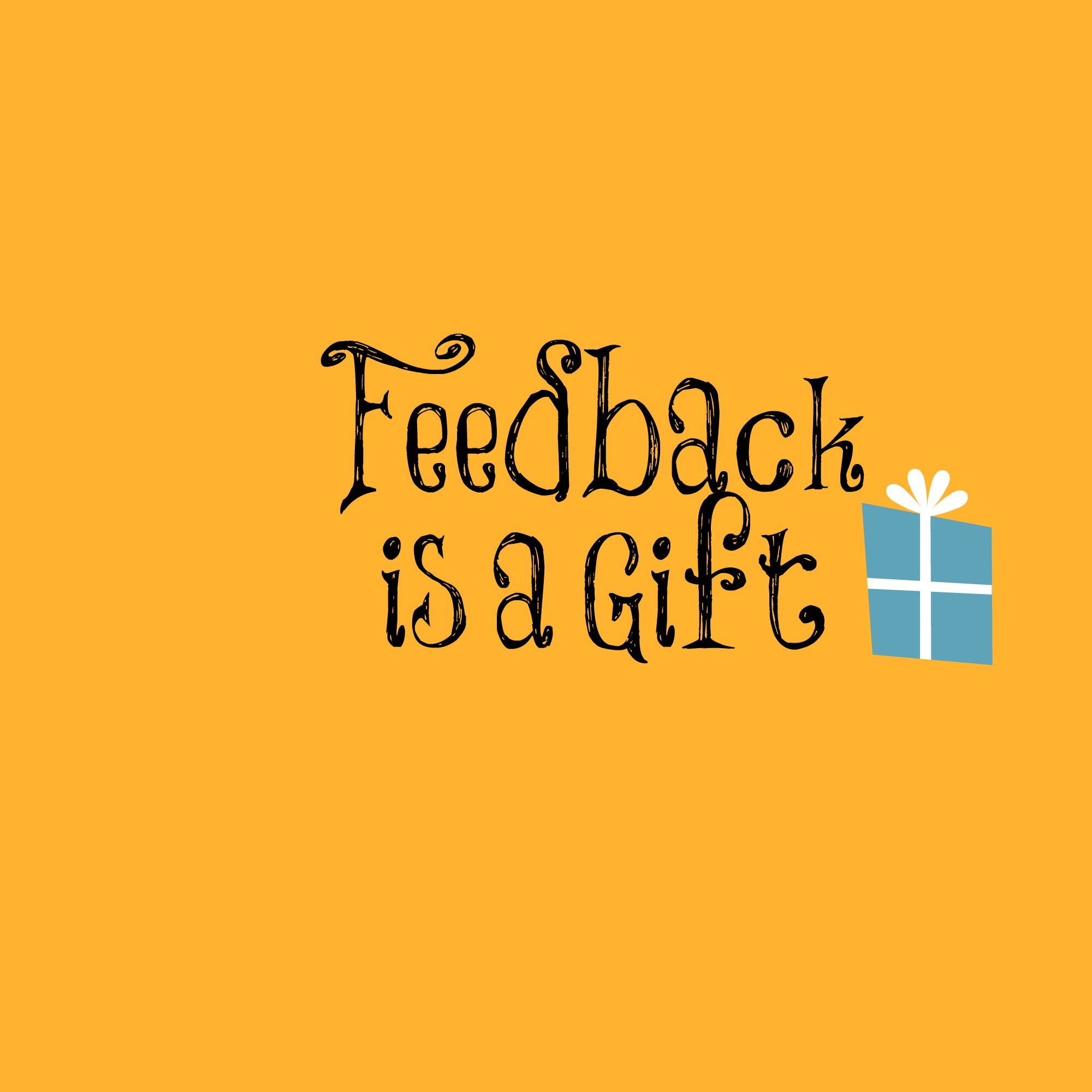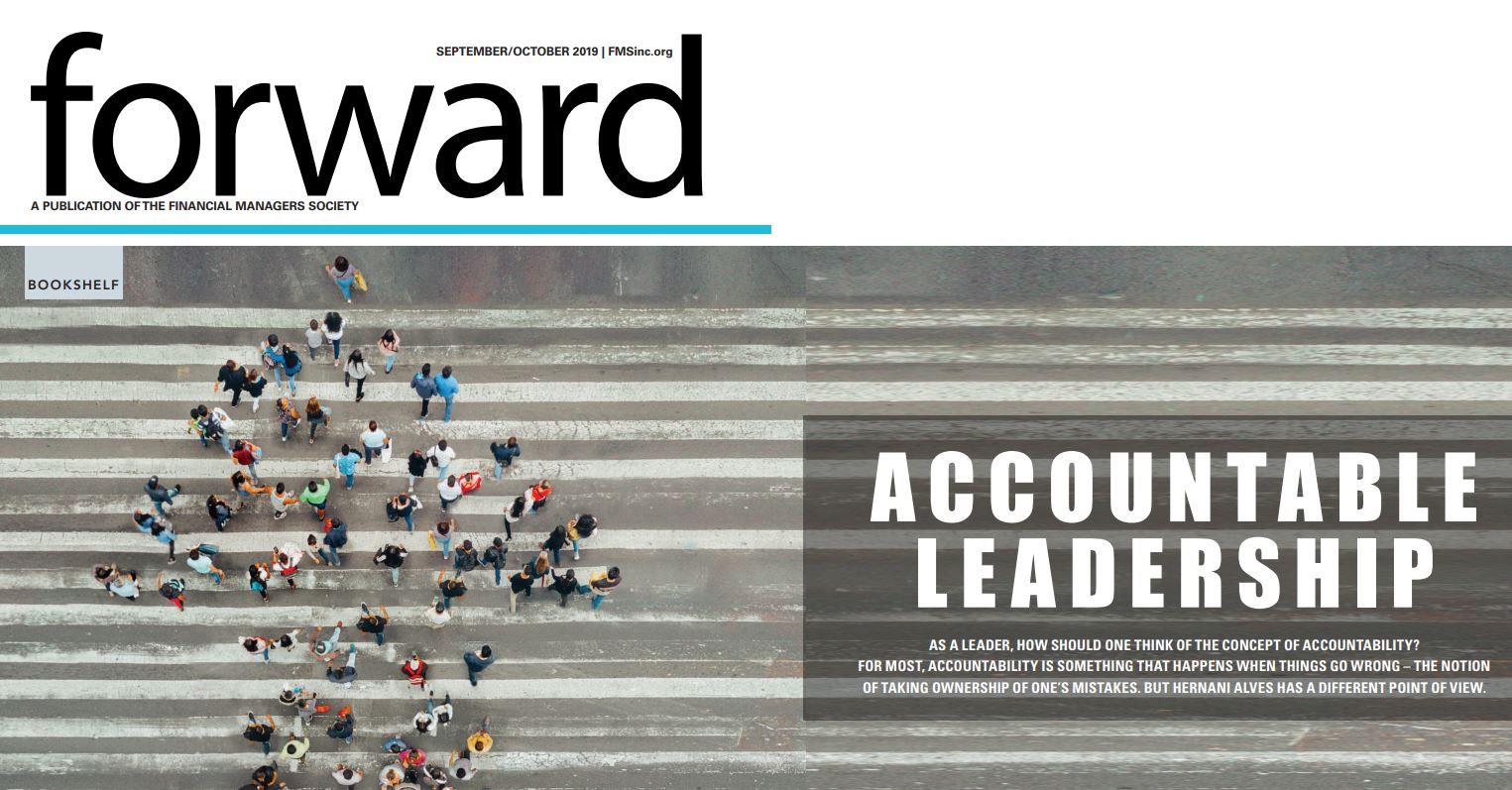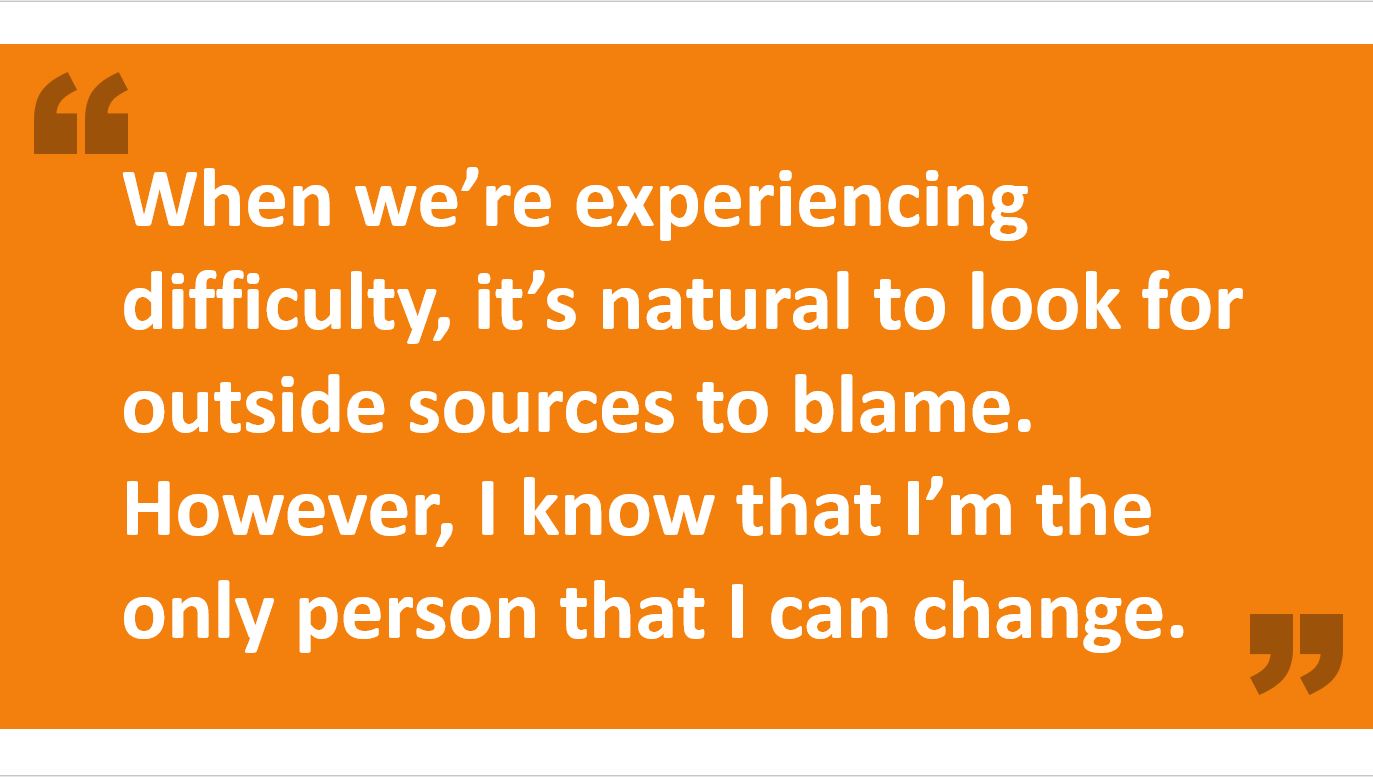How do you write a New Year’s resolution? Making a Resolution and Sticking to IT (No Really?)

Three tricks for achieving your New Year’s resolution withbalanced accountability

By Hernani Alves: As seen in Professional Car Wash Magazine
Setting a goal for the New Year may feel like manifesting the new you. Who is not trying to get promoted, eat healthier, spend more quality time with family and travel more? What makes us think that a magical switch goes off on Jan. 1st that will allow us to change? The expectation is far-fetched, and yet over 40% of Americans partake.
Don’t get me wrong — there is no shame in trying to change for the better, but we are failing to make it work. It can be demoralizing. It is no wonder that New Year’s resolutions have an 80% failure rate. It is time to change this and make it an 80% success rate.
Balanced accountability
New Year’s resolutions have become ambitions without a plan. “Save money,” “get in shape” and “travel” were all top resolutions set by Americans in 2018. But what do those aspirations look like? The statements in themselves do not offer a starting place.
To achieve something, you need to have a path towards that goal. Like a map to your destination, you must be able to see where you are going — street names, landmarks and mile markers. In goal setting, your map is “balanced accountability.”
Balanced accountability is accountability that is fair and balanced. It uses clear expectations and firm rules weighed with praise and rewards. It guides you to where you want to go and keeps you motivated to continue. It is practiced by using what I call the 3Ps.
The 3Ps
I am proud to say that for the last three years, every member of my family has kept their New Year’s resolutions. We have done so with the 3Ps of accountability.
Personal accountability
To keep a resolution, it is crucial to hold yourself accountable. I struggled with this for years, but now I know exactly what this means and how to do it. Share your aspirations with friends and family. Ask for help, and be open about your successes and struggles. Give yourself the personal accountability that you need.
Positive accountability
How do you eat an elephant? One small bite at a time, and positivity is essential to staying driven. You need to celebrate the small accomplishments along the way to reaching your goal. Tell others when you have a win, and bring them in on your journey. Reward yourself.
Performance accountability
This is the traditional practice of “holding yourself accountable.” But it uses coaching, not penalizing. This is your starting point for mapping out the path to your objective.
Mapping out a resolution
In December 2018, my family wanted me to give blood as a way to help our community during the holidays. My blood type (O-) is always in demand, so my family insisted that I take action and help others. As much as I wanted to help out, I was apprehensive. I have never been good at giving blood — meaning I pass out. Even so, I agreed to try.
The blood drive was packed. It was great, and there were so many people there ready and willing to give. When the facilitators of the drive noticed my blood type, they pulled out the VIP treatment. I was moved to the front of the line, and they only took about three minutes to prepare for my blood draw. On the first attempt, they missed the vein, and I started to get woozy — right on cue. They had to stop the process and send me home as a “pre-fainter.” At that moment, I resolved that in 2019, I was going to do something I had never done before: donate blood at least five times.
The sentiment was great but a little unclear. What did I want? To give blood once that year, no matter what? To teach myself how to give blood without passing out? To give blood every other month? I was not going to reach my goal without knowing what it was. How could I? Even if I found myself on a path, what was the likelihood of success if I did not know where that path lead?
This is not a new question or concept. In 1979, interviewers asked new graduates from Harvard’s MBA Program, “Have you set clear, written goals for your future and made plans to accomplish them?” Only 3% had clear, written goals and plans. Ten years later, they interviewed the same graduates and found that the 3% with clear goals made, on average, 10 times more than the other 97%.
I needed to organize my plan, and I did so by using SMART goals.
SMART goals are the following targets for reaching your aim:
- Specific: Succinctly described
- Measurable:Attached to numbers
- Achievable: Realistic
- Relevant: Focused on a result
- Time-bound: Attached to a specific deadline.
Now I had somewhere to go. I rewrote my resolution: To give blood five times within 2019, or once every 10 weeks until I reached five. Science only allows me to donate blood every eight weeks.
Here, we have all of the SMART goals represented:
- To give blood (specific, relevant)
- Five times (measurable)
- Within 2019 (achievable)
- Twice every 20 weeks until I reach five (time-bound).
By mapping out a plan, I was able to visualize exactly what it would look like to realize my ambition. By organizing the resolution into quarterly parts, I gave myself plenty of time to reach my goal. Remember, a New Year’s resolution is something you want to achieve throughout the year, not in January. Do not set yourself up for defeat with a haste-focused mentality. You have 12 whole months to work with. Remind yourself it is not a sprint; it is a marathon, and that is how you will create healthy habits.
How to stick to it (no, really?)
Now that you know what targets to hit, you need to know what you are getting into. Say, for example, you want to quit smoking. You have to decide what method you are going to use, what you can expect and how to combat cravings.
For my resolution, I needed to figure out how to stop passing out. I took some time to read about why people pass out when giving blood and what I could do to combat it. I learned to stay hydrated, drink more water on donation days, get enough sleep, etc.
When it was time to meet my first quarterly goal, I practiced what I had learned and hoped it would work. The result? I stayed conscious the whole time. Afterward, I celebrated my win with a Double-Double Hamburger with Animal Fries at In-and-Out Burger.
I am proud to say that in 2019, I kept my resolution to give blood at least five times. All it took was a little bit of planning and visualization.
As you settle into 2020, consider a New Year’s resolution that you have always wanted to achieve. What was holding you back? Did it have a metric? Could you measure your success through SMART goals? It is never too late to try again. After all, you have an entire year to work with. No one ever reaches their aspirations easily or without a struggle. But, by using balanced accountability and the 3Ps, you will be able to set yourself up for success instead of failure.
Whether you’re applying a New Year’s resolution for your personal life or your business, it’s always important to plan, prepare and follow through. Like Abraham Lincoln said, “The best way to predict the future is to create it.” With a clear vision of your future, you will know exactly what steps to take to get there. Happy New Year, and enjoy the journey.
Get Your Free Checklist to Creating Peer-to-Peer Accountability
About the Author:
Hernani Alves is an Amazon best selling author, international speaker, and consultant with over twenty years of business experience as a Sales Executive for a $3 Billion Company. He’s the founder of Balanced IQ, a company that helps leaders build world-class teams focused on getting sustainable results in varying economic climates.
In his book, Balanced Accountability: Three Leadership Secrets to Win Hearts and Maximize Performance, Alves delivers a newfound clarity on the case for accountability and the steps organizations, and individuals need to take to unleash their potential. He reveals the frame work needed to improve accountability in the workplace to win hearts and maximize performance.
To connect with Alves, visit his Website, LinkedIn Profile, Facebook or Amazon
Get Your Free Checklist to Creating Peer-to-Peer Accountability

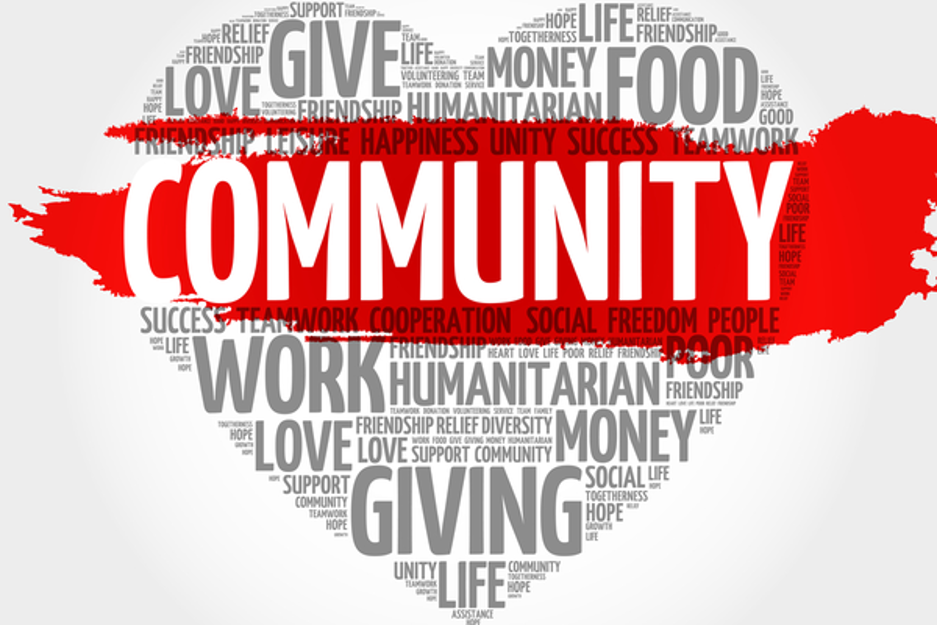
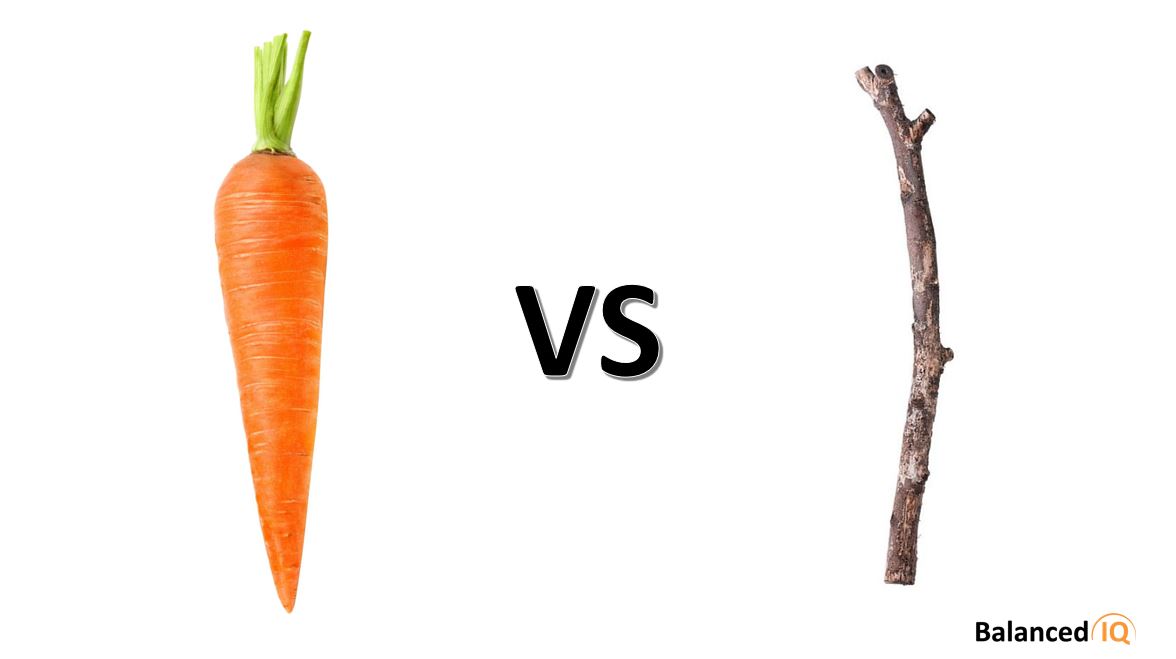
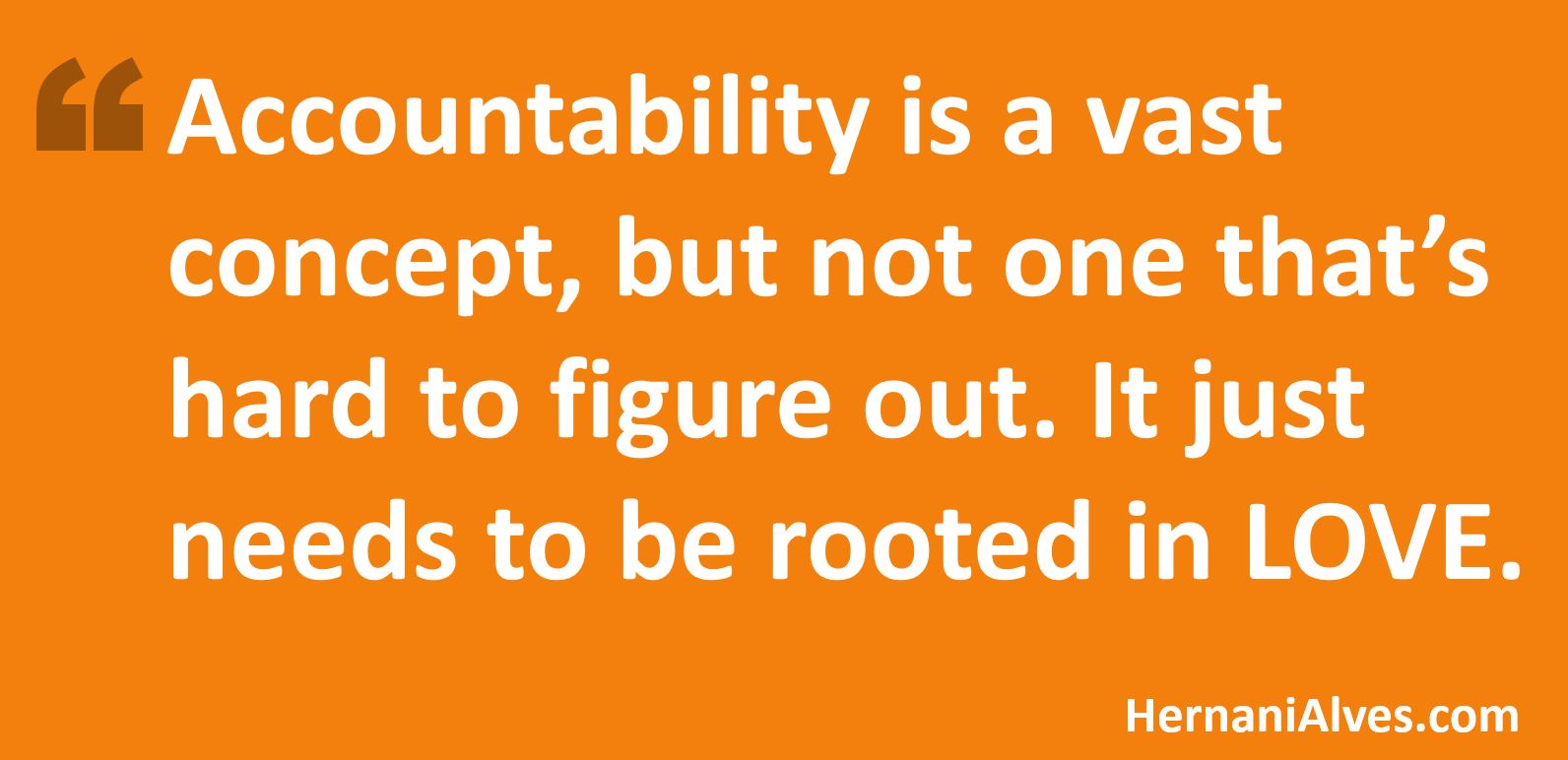
 Published in HR.com by Hernani Alves
Published in HR.com by Hernani Alves